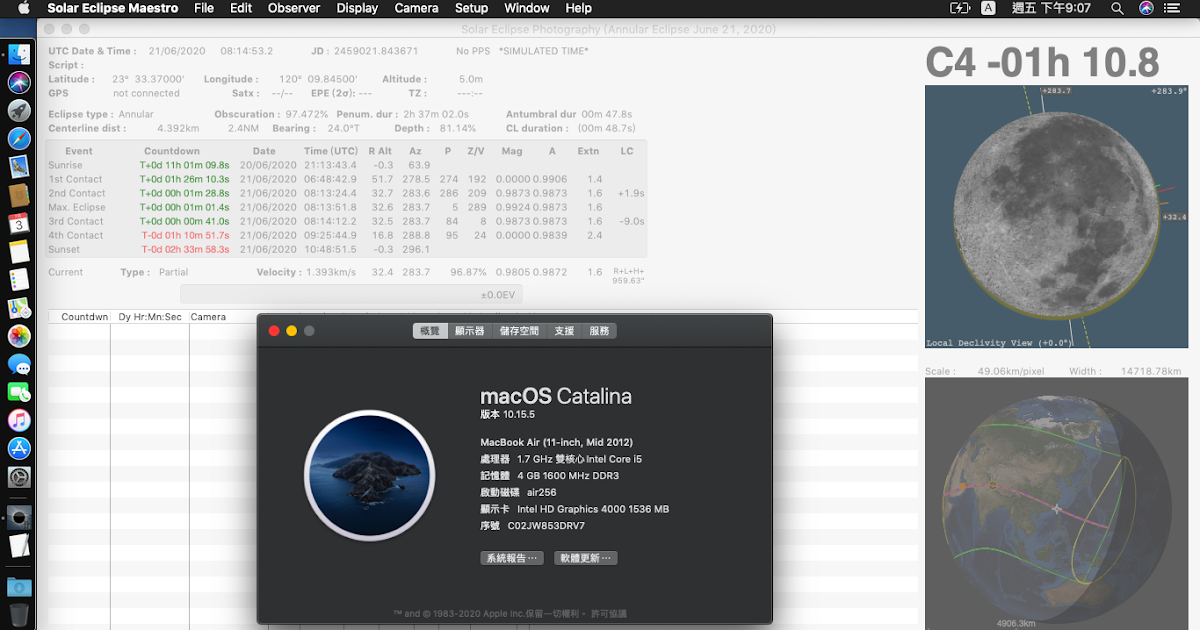

This combination is caused by the curvature of the Earth causing some parts of the eclipse path to move into the moon's umbra - the darkest part of the shadow - resulting in a total solar eclipse, while other areas remain outside the umbra's reach, resulting in an annular solar eclipse, according to timeanddate (opens in new tab).ĭuring the hybrid solar eclipse, an annular "ring of fire" eclipse will be visible for just a few seconds in the Indian and Pacific oceans and isn't visible anywhere on land. A hybrid eclipse will either look like an annular solar eclipse or a total solar eclipse depending on where the observer is located. (Image credit: NASA)Ī rare hybrid eclipse will occur on April 20, 2023, and will be visible to observers across SE Asia and Australia. The hybrid eclipse will be visible across parts of SE Asia and Australia. These begin as one type of eclipse and transition to another.Īccording to the educational website SpaceEdge Academy (opens in new tab), 28% of solar eclipses are total, 35% are partial, 32% are annular and only 5% are hybrid.
Solar eclipse maestro full#
Landscape composite of full eclipse (wide angle, ~90 deg, 18mm camera)Ĭo-authors: Manuel Castillo-Fraile, Miguel Perez-Ayucar, Abel De Burgos, Michel BreitfellnerĪbstract: Total Solar Eclipses have been used historically to observe and measure solar regions like its Chromosphere and inner and extended Corona, not visible with scientific equipment due to its low emission compared to the overwhelming photosphere. Stars Leo-a (Regulus), Leo-v and Leo-31 can be seen within hte extended corona, at distances less than 4 Sun's diameters
Solar eclipse maestro iso#
Moon's visible face is clearly distinguished, despite the ultra faint shine, using a processed over-exposed image, telescope ~1000mm, 2sec, ISO 1800. The full disk of the Moon is lit by Earth's reflected light from the Sun. The moon during totality on Earth's reflected light Multiple suns are projected through pinholes, in this custom made ESA logo Right image shows a cropped/rotated part of left image with the usual emission lines in visible spectra. Left image is raw, taken with diffraction filter and Olympus E240, 500mm lens, during third contact (C3). Also a first draft identification of the emission lines in the visible part of the spectra (there are also lines in the NIR). The chromosphere and corona spectra from Sun's limb before totality. Images are raw, taken with visible-light telescope telescope (~f/1000), no filter, Canon 550D, during Moon's exit (third contact, C3)


 0 kommentar(er)
0 kommentar(er)
